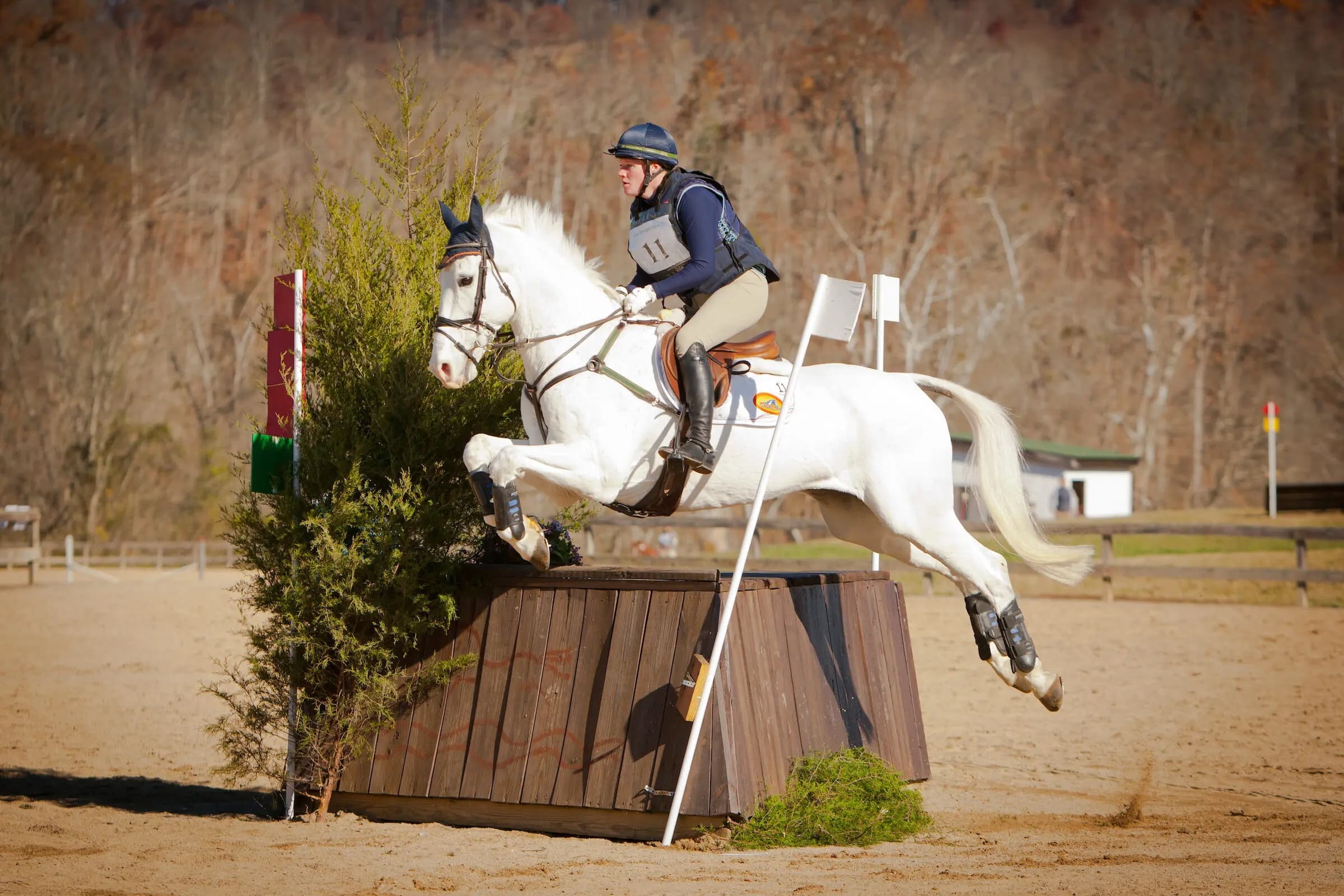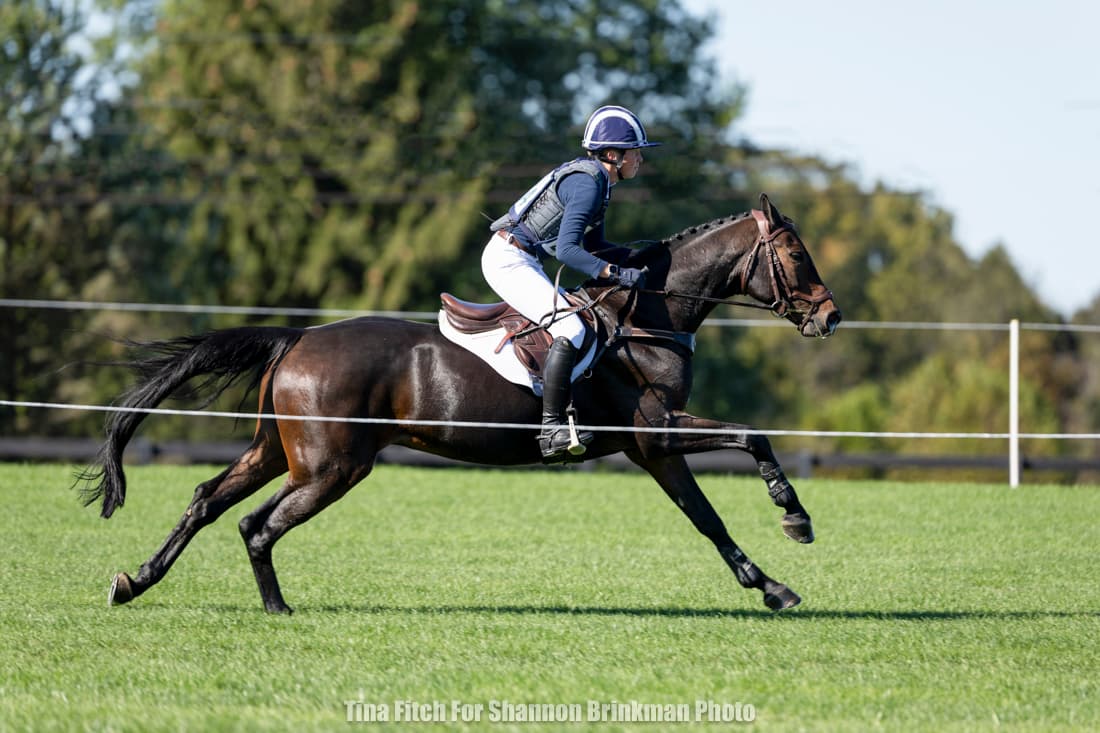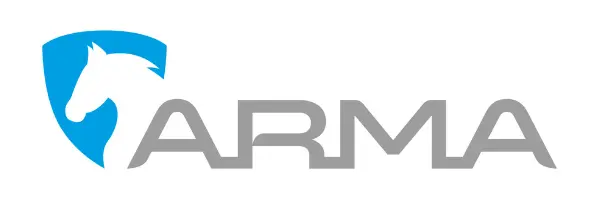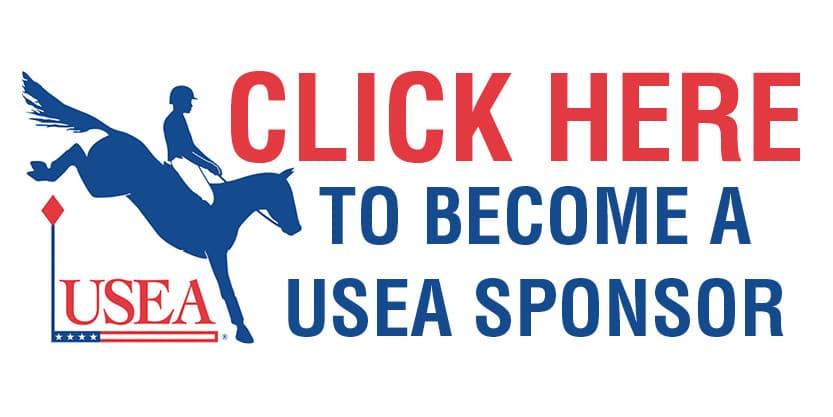Behind the Judge’s Eyes: Are You Losing Points in the YEH Jumping Test?
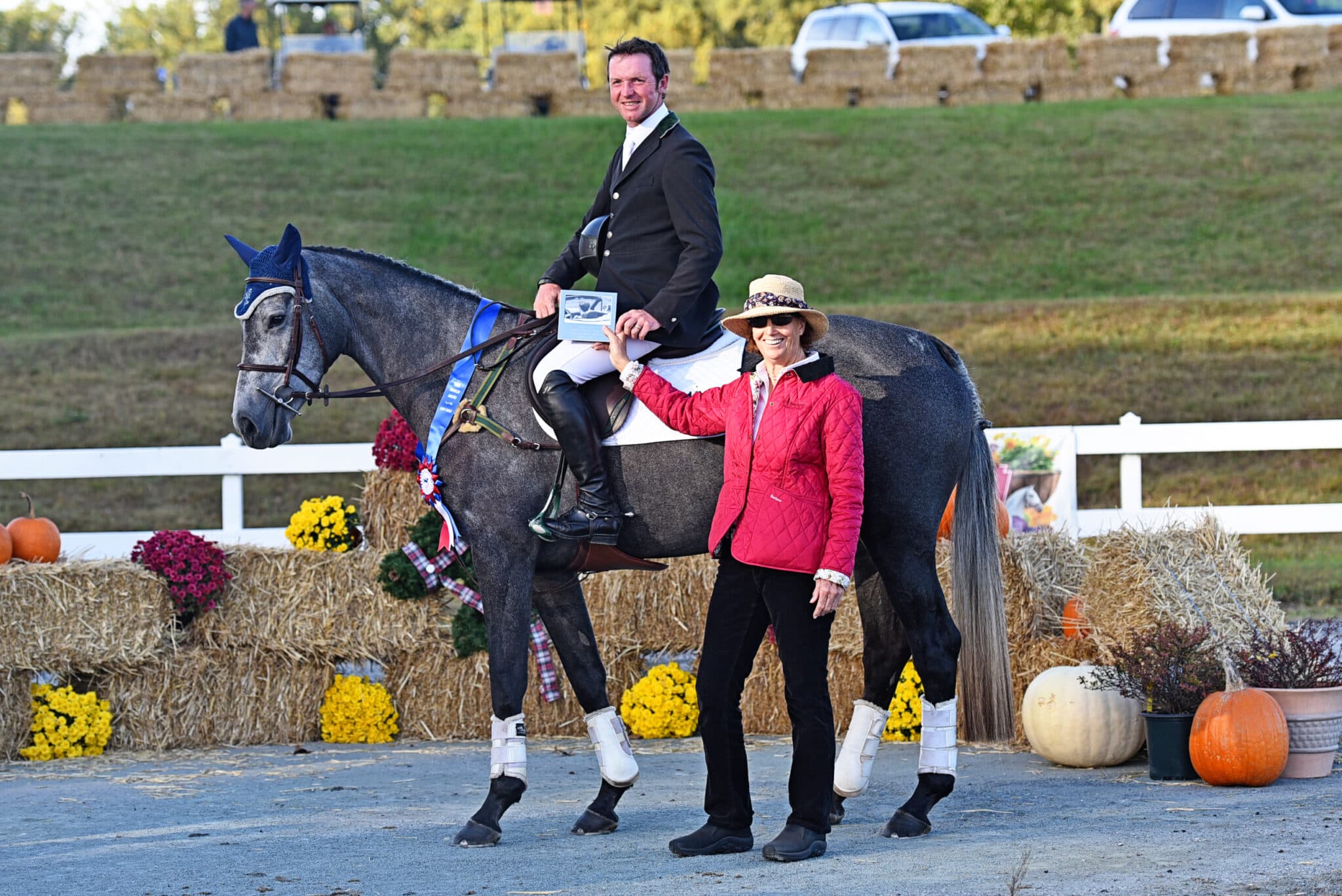
Sloppy knees, a weak hind end, all four legs going in different directions, clearing the jump with feet to spare, attention deficit disorder, and flat out confusion can be several unfavorable characteristics that young horses show when learning how to jump. Can you blame them? They’re just babies after all! However, they can blossom into three- or four-star event horses given the correct training, tools, and care. The United States Eventing Association’s (USEA) Young Event Horse (YEH) Program sets the framework for a young horse’s success and gives them the opportunity to blossom into that fierce event horse they’re destined to become.
Your young horse might be a 10+ jumper, have an amazing gallop, be perfectly well behaved, or jump clean in the jumping test, but you’re still left wondering why your horse didn't receive a qualifying score for the YEH Championships or win his division. So what happened?
Marilyn Payne is one of the most respected judges in the world and is part of an elite circle who has judged at every one of the four-star event around the globe including Badminton, Burghley, Kentucky, Pau, the Olympic Games, and more. Payne has an impeccable range of skills from being one of the founders of the USEA YEH program, an Olympic-level dressage judge and technical delegate, President of the Ground Jury at World Equestrian Games, Championship YEH judge, mother of two world-class eventers (Doug Payne and Holly Payne-Caravella), and a competitor herself; United States is lucky to have Payne, as her work and dedication to the sport is noticed on a global scale.
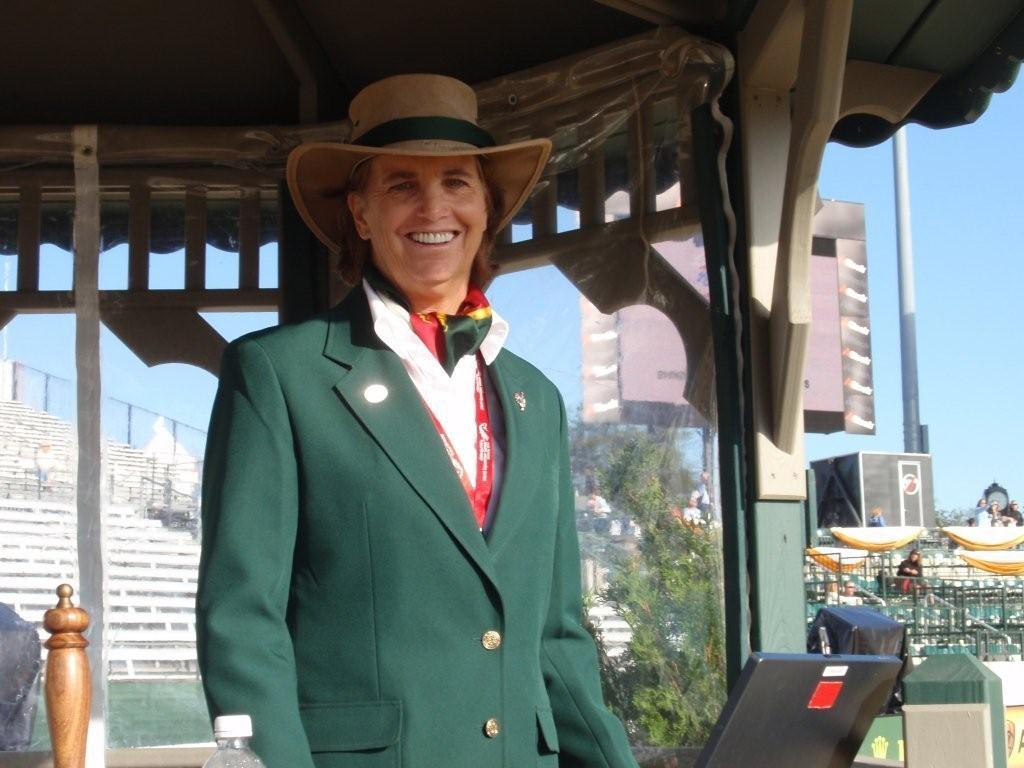
In order to better understand what judges look for in the YEH jumping test, USEA had the opportunity to speak with Payne. Don’t forget that the jumping test makes up 70 percent of your score. Therefore, Payne’s pointers could be your golden ticket to YEH Championships. “Let the horse do more for itself,” was the underlying theme throughout the interview. Read below to learn more of Payne’s insider tips.
One-Two Punch on Mistakes
Two of the most common mistakes Payne repeatedly sees throughout YEH competitions is, “overcontrol of the horse in cross-country.” This micromanagement style of riding hinders the judge’s opportunity to judge the horse on their natural instincts and gives the horse the “inability to think for themselves.”
Secondly, “the same pace being used in both the show jumping section and cross-country.” A difference in pace needs to be shown from show jumping to cross-country.
Rails and Refusals
“Rails and stops are non-negotiable” for the score of that individual jump. To reflect jump faults more objectivity, 2018 is the first year that the new scoring system has been in effect. You will always receive a score of 0 for a refusal and a score of 1 for a rail. “You can easily still end up with a high score. If someone has a 1 score [on one jump] and every other fence they have 3’s, the total will be higher than someone with all 2’s. Similar to a dressage test, [just because] you blow one movement doesn’t mean you’re not going to win the class. “
When asked if there was a favorable time to have some difficulty on course, Payne said “it’s better if they have a rail in the beginning. Judges would like to see if the horse improves and learns from their mistakes. Also, it depends on the rail – if a horse hits the rail hard then they deserve to have the rail versus a horse that barely touches the rail and it falls. This instance [of barely touching the rail] wouldn’t affect the overall impression if everything else was good.”
Overjumping 101
Impressed that your young horse can clear a Novice sized log with six feet to spare? That must mean he can run Advanced level! No, not necessarily. “Horses that consistently overjump will never make successful 3- or 4-star horses.” When asked why, Payne stated, “One it’s wasting time and two it’s wasting effort. Jumping too high puts more stress on their legs, so there is a much higher risk of not staying sound at the upper levels.”
“Overjumping in show jumping is great – you will never have a rail! Overjumping in cross-country is not good. Horse’s should have a different style in cross-country, style should be flatter and have a flatter arc.”
In YEH, judges are able to decipher between overjumpers or if the horse overjumped a fence out of greenness. “If they have a lovely rhythm and overjump every fence, that’s not a greenness, that’s just the horse’s natural style. Therefore, [overjumpers] won’t necessarily get a low score but they might not get a high score either.”
The Gallop
A good gallop is key. Plain and simple: your horse needs horsepower to event. Payne states the gallop on an event horse should look, “effortless."
YEH horses need to be jumping out of stride and maintaining rhythm. What does a strong gallop look like? Payne describes that, “You want horses balanced, moving forward, in front of leg but not running, and in a steady rhythm. An efficient stride so they are not pounding the ground.”
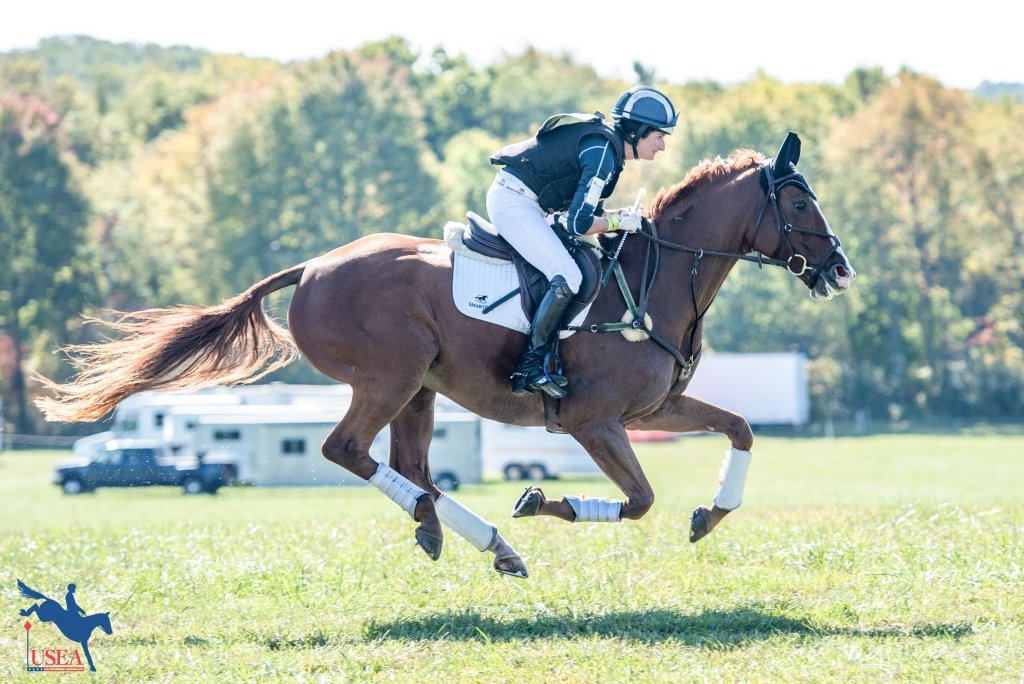
‘In-Between’ Score
The in-between score (aka between fences score) and rideability score might weigh more than expected. To clarify, the rideability score is based on the horse’s confidence, response to aids, attitude, and learning ability. The between fences score is judged on horse’s rhythm, appropriate pace, adjustability, and jumping out of stride (click here for the complete YEH scoresheet). Severe bits, martingales, spookiness, and head flippers are several factors that can influence both scores.
You might want to think twice before you put a strong bit on your young horse. The severity of a bit prompts the question: can a type of bit influence the overall YEH jumping score? Although it won’t have a direct effect, Payne states, “You wouldn’t deduct points for the bit itself. In the back of your mind you wonder, 'Why does this horse have severe bit?' You watch the performance and you see the horse trying to get strong, and the rider saying no. That can lead to the horse hollowing out or going against bit. That might affect rideability score.”
In other words, “It’s the effect of a bit that will score them down, not the fact that they are wearing one.”
Running martingales are a common tool used in jumping from lower levels to the four-star level. However, if a young horse is reliant on the pressure of a martingale to jump, it might highlight an issue with contact. “If they’re wearing one and not using it, who cares. If it’s used, then the horse is coming against the bit and not listening to rider’s aids, so the score for rideability could be lower.”
Spookiness can indicate a question in a horse’s confidence. If they frequently spook, “It could affect the overall impression. Also, it will affect the scoring on the gallop between the fences because the gallop will be inconsistent. Second, it might affect rideability score because the horse isn’t listening to rider’s leg. Lastly, it might affect the general impression – yes, this is a talented horse, but raises a question about his confidence. Will he get more confident as he develops?”
Head flippers equate to problems with the contact and “affects the score between jumps. Also, if the horse is flipping their head, they’re not accepting the contact, so that would be a problem with rideability.”
Last Tip for a Golden Ticket
The goal for YEH is to “show off the horse’s talent. As a rider you want to do as little as possible. You want to be able to make mistakes, (we all make mistakes), and you want the horse to save our butts!”
To reiterate Payne’s tips, the judging guidelines state: "Judges are looking for an athletic, elastic moving horse with a promising jumping technique that, with correct training, will develop physically and mentally into a strong upper level mount.” To learn more about the guidelines of the jumping test please view the 2018 YEH Guide for Judges and the Guidelines for Judging and Scoring a YEH Competition.
The YEH program underwent several changes this year, including a new scoring system, the removal of the conformation phase at qualifier events, jump options, and more. To find details on the changes, please read about the significant changes to the Young Event Horse Program in 2018.
About the USEA Young Event Horse Program
The Young Event Horse (YEH) Program was first established in 2004 as an eventing talent search. Much like similar programs in Europe, the YEH program was designed to identify young horses that possess the talent and disposition to, with proper training, excel at the uppermost levels of the sport. The ultimate goal of the program is to distinguish horses with the potential to compete at the three- and four-star levels, but many fine horses that excel at the lower levels are also showcased by the program.
The YEH program provides an opportunity for breeders and owners to exhibit the potential of their young horses while encouraging the breeding and development of top event horses for the future. The program rewards horses who are educated and prepared in a correct and progressive manner. At qualifying events, youngsters complete a dressage test and a jumping/galloping/general impression phase. At Championships, young horses are also evaluated on their conformation in addition to the dressage test and jumping/galloping/general impression phase. Click here to view the jumping standards and specifications.
The USEA would like to thank SmartPak, Standlee Hay Company, Professional’s Choice, and Merck Animal Health for sponsoring the Young Event Horse program.

